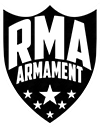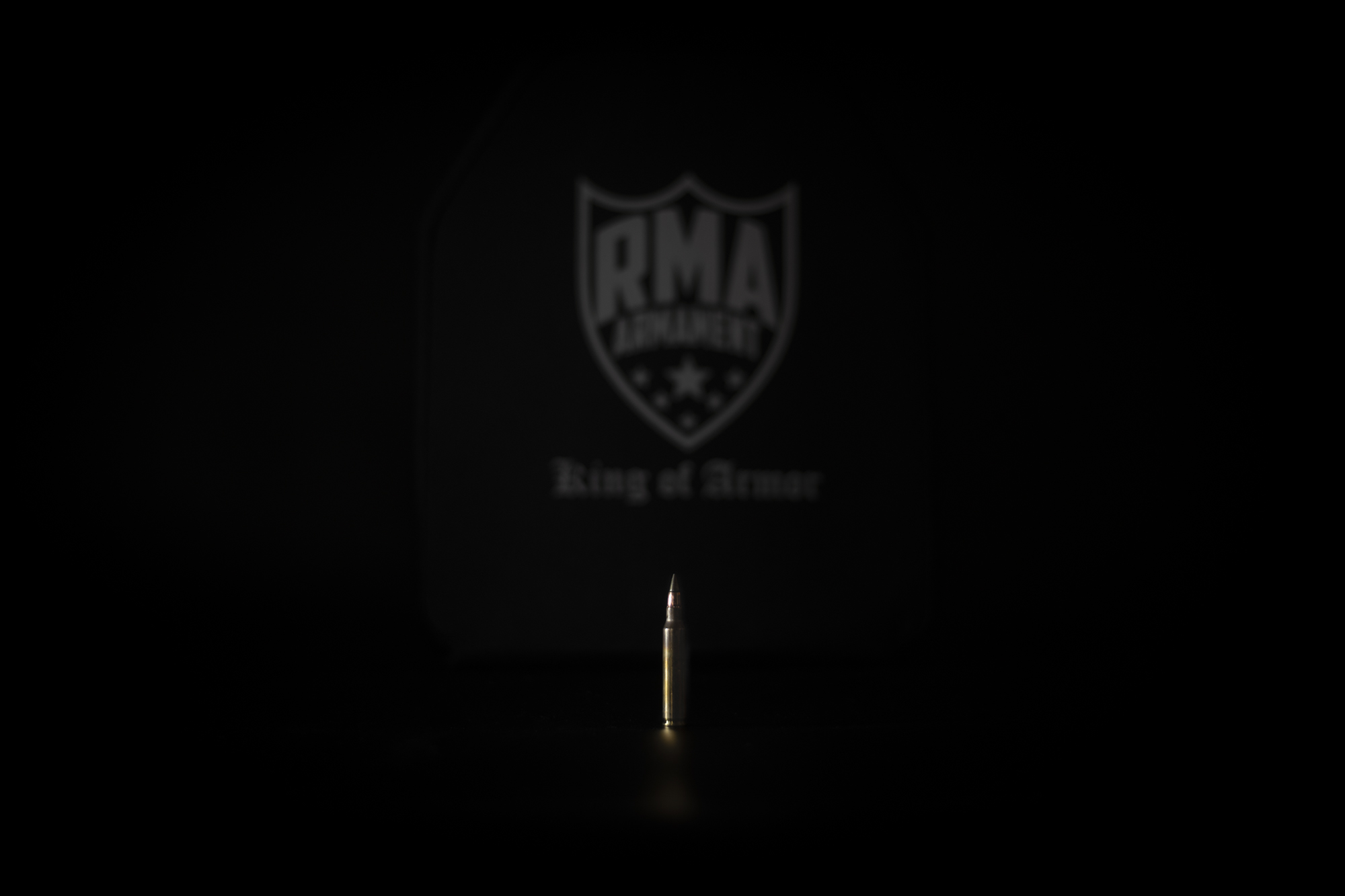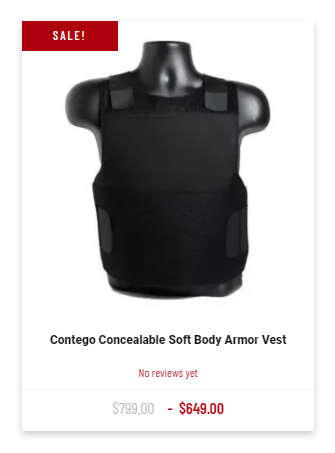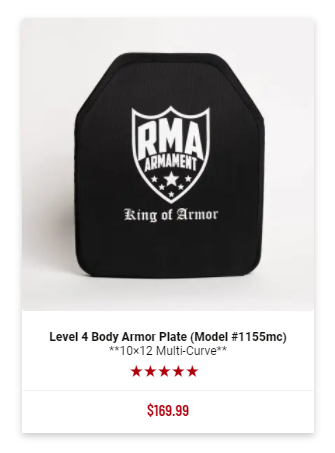What does ICW mean?
It’s very common to see the term “ICW” used in descriptions of body armor when you’re looking to buy. Sometimes you’ll even see SA or ICW as options for what appear to be very similar products. What is that?
In Conjunction With

ICW stands for, “in conjunction with.” What this means is that the armor you’re purchasing will not on its own perform at the advertised level without an additional armor product to supplement it, most commonly NIJ Certified level IIIA armor.
You might see an “ICW Level 4 Body Armor Plate” that appears thin, affordable, and lightweight. What you’re buying is effectively half a plate. Body armor is constructed using a variety of materials. Most often, ICW is an indication that you’re buying a hard strike face like ceramic and skipping the lighter and thicker backing layers designed to catch the bullet or bullet fragments typically made of UHMWPE, which is why it’s thinner, lighter, and (hopefully) cheaper than a standalone version of the same design. Depending on what kit you’re trying to run, ICW may or may not be a wise purchase.
Standalone v. ICW
Most of the time, you’ll find what are called, “SA,” or, “Standalone,” plates. The majority of available hard armor on the market is in standalone format. Standalone designation means the armor product you’re purchasing will perform at its stated level no matter if you have supplemental armor or not.
Law Enforcement
For law enforcement officers, ICW plates can be a great idea. If your agency provides or requires an NIJ Certified IIIA soft ballistic vest, you’ll likely have the ability to up-armor your kit to include rifle-rated coverage from either a standalone or ICW plate. Since you’re already wearing full IIIA soft armor, an ICW plate may be the perfect choice for you if you’re at all concerned about weight and thickness. We can’t speak to what other companies offer in terms of “ICW”, but it is traditionally in reference to an armor plate performing at its advertised level when combined with IIIA soft armor. If you’re not running NIJ Certified IIIA armor directly behind that ICW plate, you need to expect that plate to do next to nothing for you. In this instance, NIJ certification is not an option. You must have NIJ certified IIIA panels if you expect your ICW plate to work.
Civilian
For many civilian customers, the Standalone designation is the only choice. While police may be required by their agency to purchase and wear a level II or IIIA soft armor vest, civilians have no such administrative requirements. In the interest of slimming down weight and thickness in an armor kit, it’s much more efficient to have one plate that does exactly what you want. The backing layers are pressed within the plate, resulting in a substantially thinner profile.
Military
For military personnel, it’s extremely common to see full-wrap IIIA-type soft armor supplemented by standalone-rated rifle plates. Why? Military personnel are subject to an array of threats that most civilians and police forces will never interact with, such as IEDs, hand grenades, RPGs, armor-piercing ammunition, anti-aircraft weapons, and more. While the DOD does perform fragmentation and ballistic testing of armor, it doesn’t hurt to have that extra layer of protection over your vital organs with such unpredictable threats in a war zone. As such, military body armor does tend to be obscenely heavy and bulky compared to what is currently available for law enforcement and civilians. Without a 20mm lurking around the corner, there isn’t much reason to dramatically detract from your cardiovascular and muscular abilities in the way that such a heavy and bulky system would. In the CONUS world, it’s better to avoid being shot by getting out of the way of bullets.
Conclusion
Is an ICW plate right for you? Maybe, maybe not. If you’re wearing a full coverage IIIA vest by default, an ICW plate might be perfect for you. If not, you’re unquestionably better off running Standalone plates that will offer the same protection with less bulk and presumably equal weight.
Recommended Products










